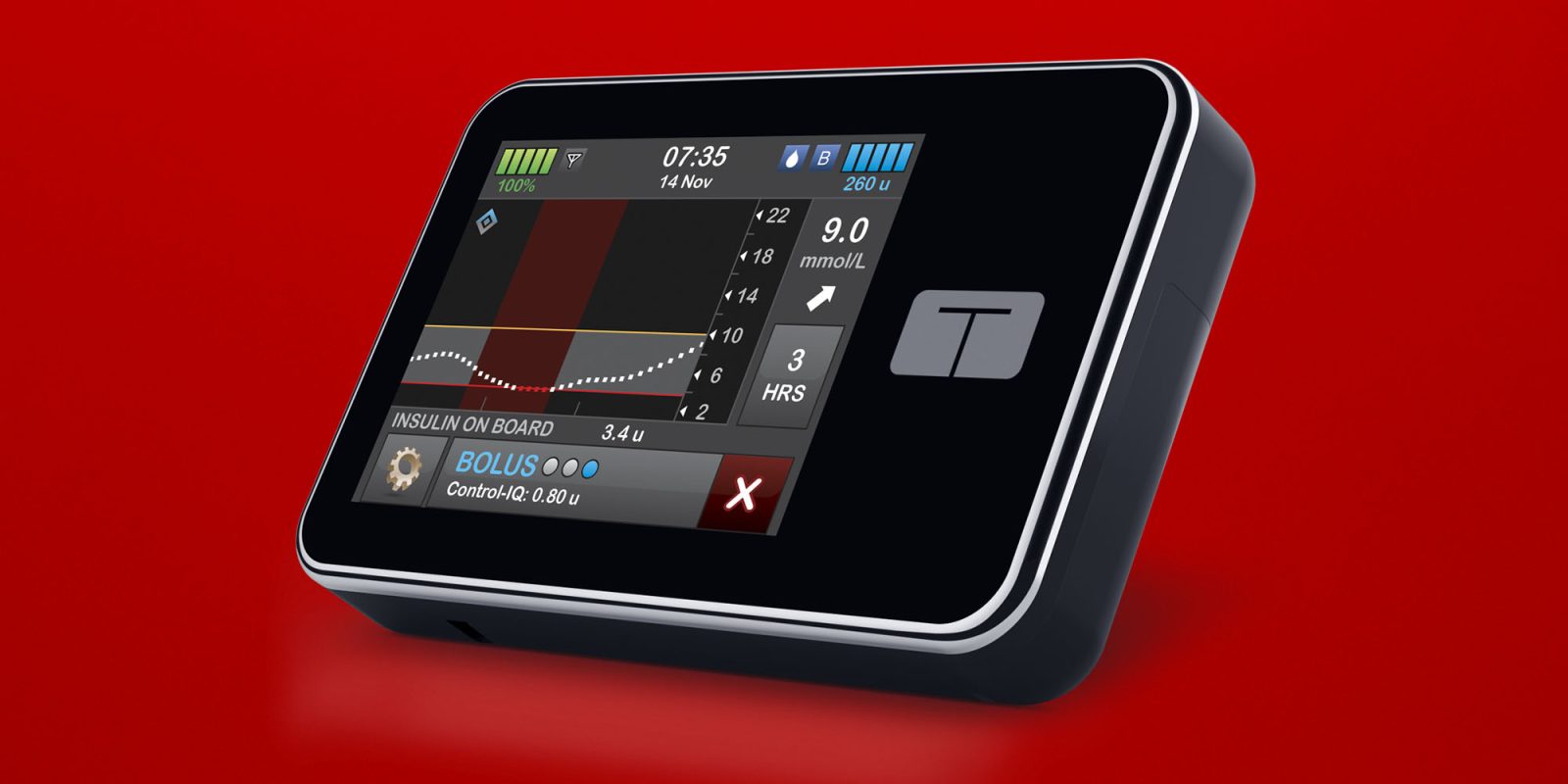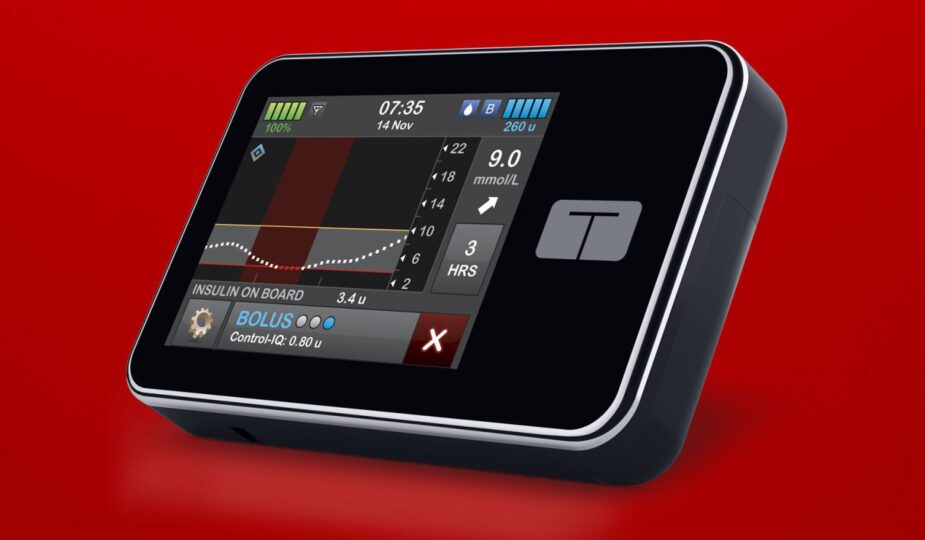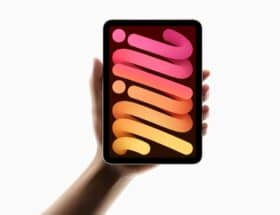
Version 2.7 of the t:connect iOS app, which is used to control the insulin delivery of the t:slim X2 pump, has been urgently withdrawn by the FDA.
The FDA has issued a Class I recall, which is for products that may cause “serious adverse health effects or death”; …
What is an insulin pump?
Type 1 diabetes was formerly called insulin-dependent diabetes because people diagnosed with the disease require regular insulin injections. This is because their pancreas produces little to no insulin, meaning sugar cannot be transferred from the blood to the cells. This causes sugar to build up in the bloodstream, which can be life-threatening.
Manual injections can be inconvenient and can lead to human error (for example, if you forget), so it's better to use insulin pumps. solution for many. They automatically deliver a specific amount of insulin when needed based on blood sugar measurements. Automatic pumps also work while users sleep.
Pumps like the t:slim X2 are controlled by an iOS app that tells them when to inject insulin and how much to inject.
t: connect iOS app call
Version 2.7 of the t:connect iOS app has been found to be crashing and is now subject to FDA recall. A Class I recall is the most urgent of the three categories and is used only when “there is a reasonable likelihood that use of or exposure to the offending product will result in serious adverse health effects or death.” 8221;
A bug in the application causes it to crash and restart repeatedly. Each time this happens, it establishes a new Bluetooth connection, which drains the battery of the pump itself.
The reason for the recall is due to a software problem that can cause the mobile application to crash and be automatically restarted by the iOS operating system. This cycle repeats periodically, resulting in excessive use of Bluetooth, which can drain the pump's battery and may cause the pump to turn off sooner than normally expected.
Turning off the pump will cause insulin to be suspended, which may result in to insufficient insulin delivery and can lead to hyperglycemia or even diabetic ketoacidosis, which can be a life-threatening condition due to high blood sugar and lack of insulin.
Food and Drug Administration medications reports no deaths have been reported yet, but there have been 224 reports of injuries caused by this error.
What to do if you are using the app
The bug is fixed in version 2.7.1 of the app, so all users should make sure they update to this version.
Users should also ensure the pump is fully charged before bed and always charge it at the first low battery signal.
Image: 9to5Mac collage by Tandem Diabetes Care and James Lee on Unsplash









